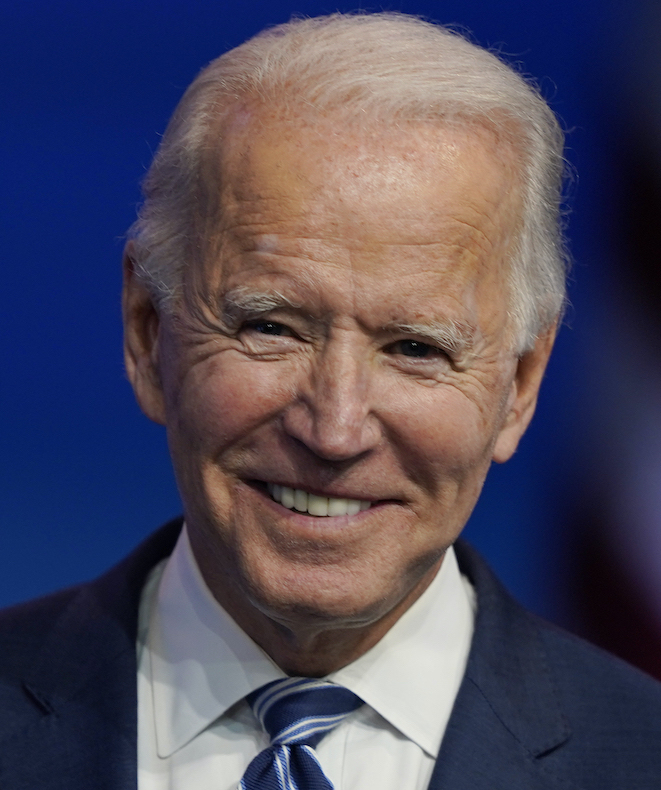While running for president in 2020, Joe Biden pledged that "disadvantaged communities" would get 40% of the overall benefits of federal spending on clean energy and energy efficiency.
That includes investing in cleaner mass transit, retrofitting homes and upgrading old water pipes in communities that, for example, have more air or water pollution, or lack greenspace or indoor plumbing.
In 2021, Biden included the 40% target in an executive order on climate change. Since then, the Biden administration has taken more steps to roll out clean energy programs. Many of those efforts continue or have yet to launch.
'Justice40 Initiative'
Biden's executive order included a "Justice40 Initiative" that asked federal officials to recommend how certain federal expenditures could advance the 40% goal.
In May 2022, the White House responded to the recommendations. That included using $500 million to replace school buses with "zero-emission" and low-emission models and adding $500 million to the Low-Income Home Energy Assistance Program to reduce energy bills for households with young children, older Americans and people with disabilities.
The Inflation Reduction Act, a 2022 law with several climate change provisions, called for block grants to fund community projects to address pollution in disadvantaged communities.
The administration plans to create an "environmental justice scorecard" to measure progress toward the 40% goal. But it hasn't created that tracking system yet, so it's hard to determine the administration's success so far.
In October, the Federation of American Scientists assessed how well federal agencies have fulfilled the "Justice40 Initiative" recommendations.
The federation said agencies reported "tangible progress" on half of the recommendations, such as reducing exposure to lead and investing in the Low-Income Home Energy Assistance Program.
Adrien Salazar, policy director of the Grassroots Global Justice Alliance, told PolitiFact the Biden's administration is progressing on his promise, but is also making contradictory moves.
The administration has progressed on Justice40 this year "directly in response to the feedback of environmental justice communities and leaders, which made repeated requests for more robust, rigorous and transparent implementation of environmental justice commitments this administration has made," Salazar said.
But the progress has been "hobbled" by the administration's efforts to expand energy technologies that cause pollution, including expansion of fossil fuels, he said.
Biden pledged to give disadvantaged communities 40% of spending benefits related to clean energy. The administration has progressed on some efforts, but has not created a system to track spending.
We rate this promise In the Works.
RELATED: Biden Promise Tracker
RELATED: Trump-O-Meter


